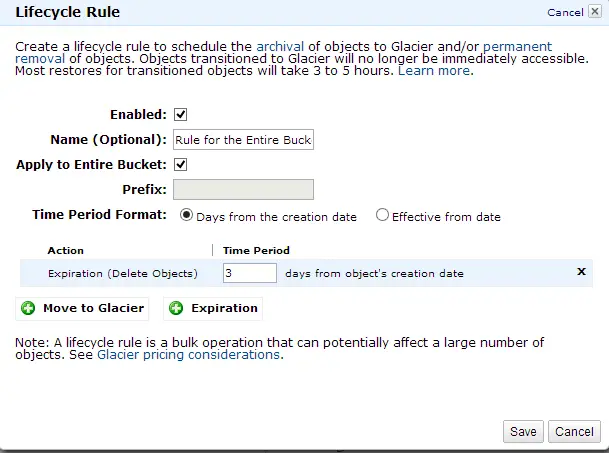Tip of the Day: Preventing corrupted files while uploading to AWS
If you are working with large files, transferring them to S3 correctly might be an issue. To ensure data integrity you can send the MD5 hash of the file in Content-MD5 header.
After the transfer S3 compares the MD5 value of the transferred file with the value you provided. If they don’t match it returns an error. This is an easy and great way to ensure the file has been uploaded safe and sound.
